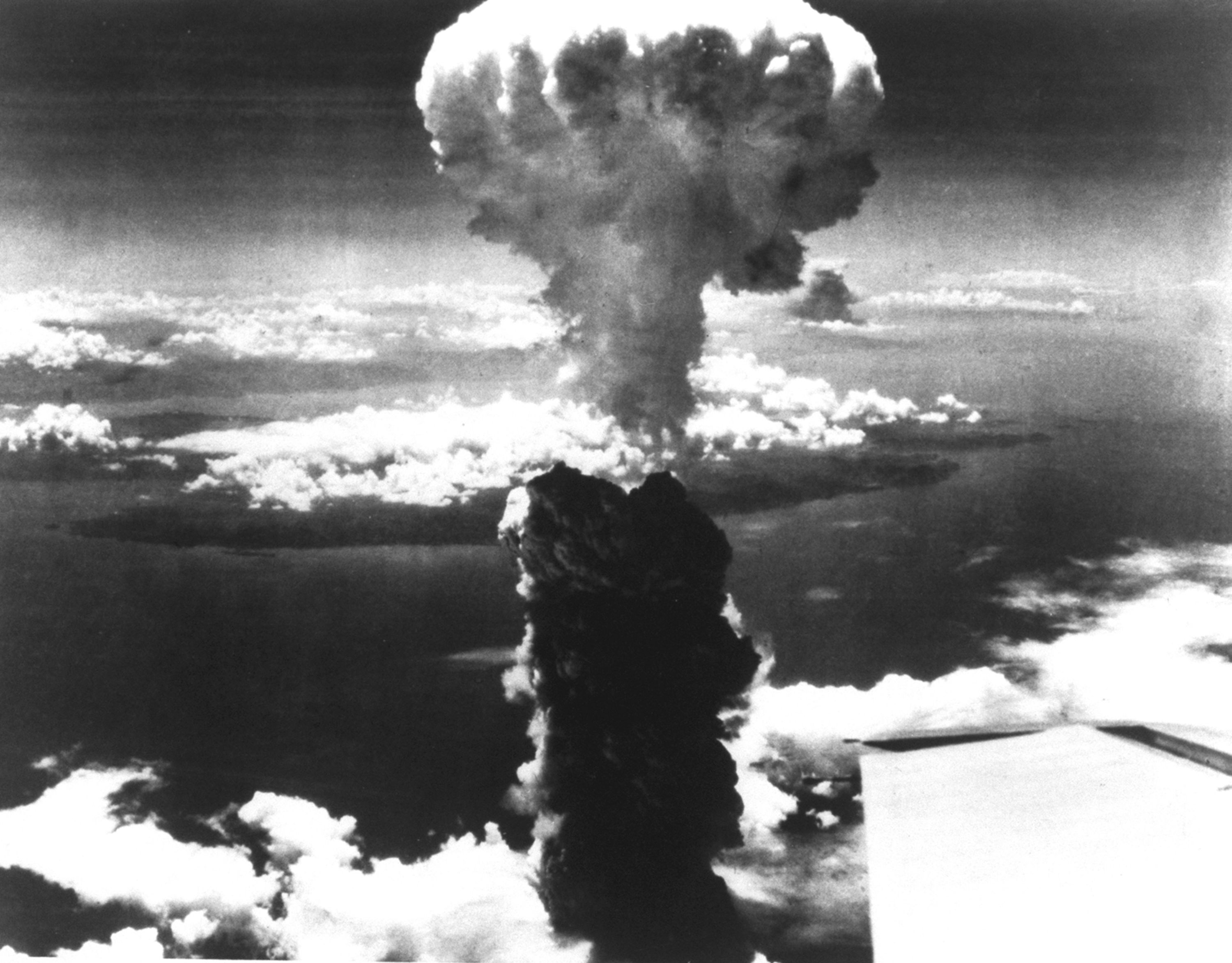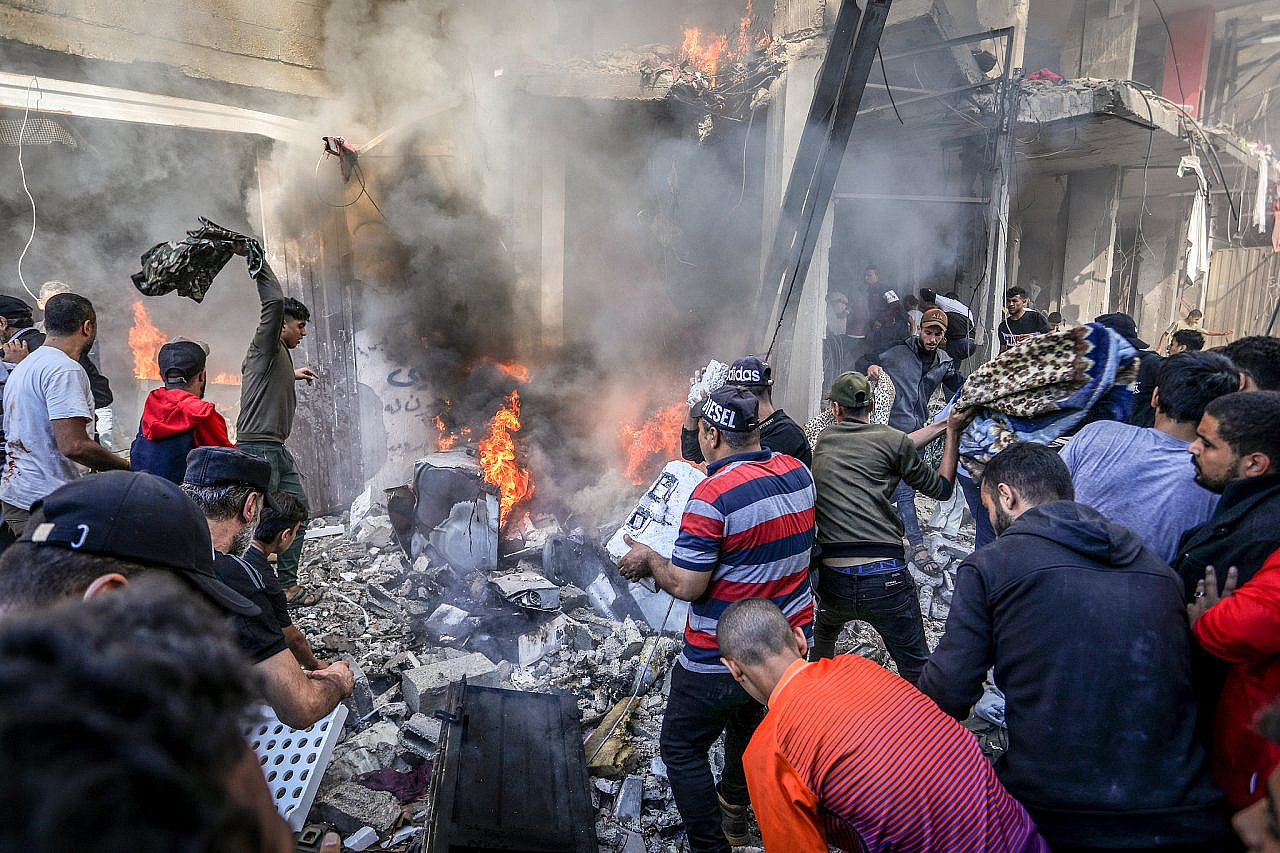 The US mission in Baghdad remains the world's largest embassy, built on a tract of land about the size of the Vatican and visible from space. It cost just $736 million to build—or was it $1 billion, depending on how you count the post-construction upgrades and fixes?
The US mission in Baghdad remains the world's largest embassy, built on a tract of land about the size of the Vatican and visible from space. It cost just $736 million to build—or was it $1 billion, depending on how you count the post-construction upgrades and fixes?
In its post-"withdrawal" plans, the State Department expects to have 17,000 personnel in Iraq at some 15 sites. If those plans go as expected, 5,500 of them will be mercenaries, hired to shoot-to-kill Iraqis as needed, to maintain security. Of the remaining 11,500, most will be in support roles of one sort or another, with only a couple of hundred in traditional diplomatic jobs.
This is not unusual in wartime situations. The military, for example, typically fields about seven support soldiers for every "shooter." In other words, the occupation run by a heavily militarized State Department will simply continue in a new, truncated form—unless Congress refuses to pay for it.
It would better serve America's interests to have an embassy sized to the message we now need to send to the Middle East, and it shouldn't be one of boastful conquest.
After initially setting up shop in a selection of Saddam Hussein's Disneyesque palaces (in one of the dumbest PR moves of all time), plans were made to build an embassy worthy of the over-the-top optimism and bravado that characterized the invasion itself. Though officially photos of the inside of the Embassy compound are not allowed for "security" reasons, a quick Google search under "US Embassy Baghdad" turns up plenty, including some of the early architectural renderings of the future gargantuan compound. (Historical minifact: back in 2007, TomDispatch first broke the story that the architect's version of the embassy's secret interior was displayed all pink and naked online.)
The blind optimism of that moment was best embodied in the international school building stuck in one corner of the embassy compound. Though a fierce civil-war-cum-insurgency was then raging in Iraq, the idea was that, soon enough, diplomatic families would be assigned to Baghdad, just as they were to Paris or Seoul, and naturally the kids would need a school. It may seem silly now, but few doubted it then.





 The United States will mark the 84th anniversary of the Japanese attack on the U.S. naval...
The United States will mark the 84th anniversary of the Japanese attack on the U.S. naval... On Monday, August 6, 1945, after six months of intense firebombing of 67 other Japanese cities,...
On Monday, August 6, 1945, after six months of intense firebombing of 67 other Japanese cities,...:focal(1285x1016:1286x1017)/https://tf-cmsv2-smithsonianmag-media.s3.amazonaws.com/filer_public/d1/4e/d14ed238-3b62-4506-9f53-fc2178dade60/nov2025_d17_prologue.jpg) In the fall of 1945, a bit more than six years after Nazi Germany invaded Poland...
In the fall of 1945, a bit more than six years after Nazi Germany invaded Poland... In 2021, a book titled “The Human-Machine Team: How to Create Synergy Between Human and Artificial...
In 2021, a book titled “The Human-Machine Team: How to Create Synergy Between Human and Artificial...






























